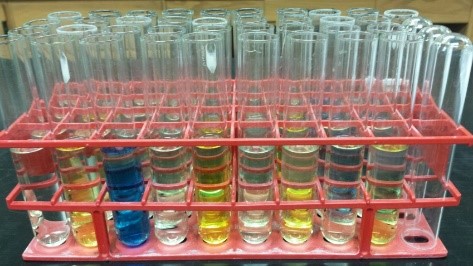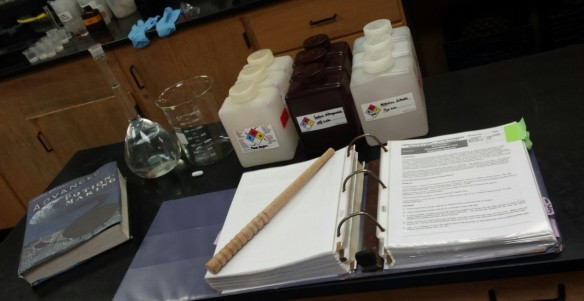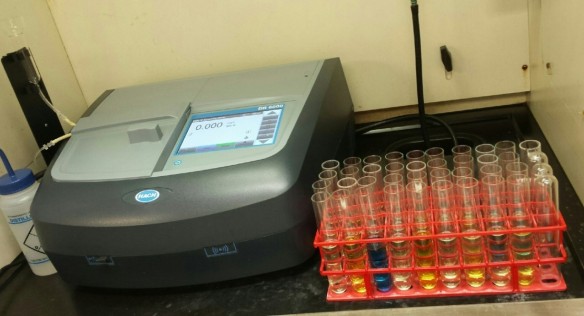NEWPORT, Ky. — As part of its 20th anniversary celebration, Newport Aquarium announced today they will be opening a new exhibit this spring. Freshwater Falls will let guests take a peek at what lies below the rippling surface of cascading streams and waterfalls around the world.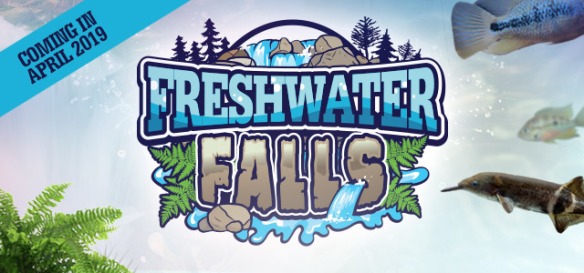
“There’s nothing more soothing than the sound of water cascading down a stream and nothing more invigorating than the roaring rush of a waterfall,” said Eric Rose, Newport Aquarium’s Executive Director. “The movement of the water draws us to these places but the rippling surface often hides the real wonder that lies beneath.”
Freshwater Falls will feature dozens of species of plants and animals among 13 tanks. Highlights of the new exhibit include a cross section of a cascading stream and waterfall both bursting with aquatic life. A trip through a tunnel will give nature lovers a look beneath the breaking surface of a Kentucky waterfall at a habitat that often goes unseen.
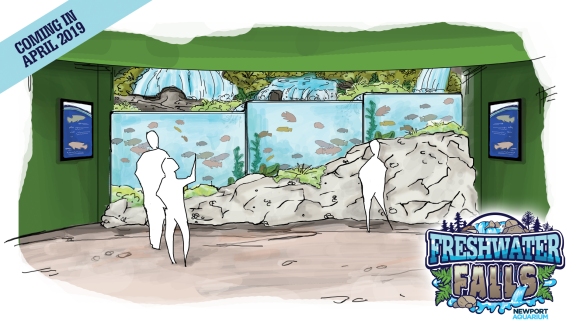
Enter a caption
Cascading Stream:
See into a cross section of a cascading stream through the Congo. Discover animals like the West African lungfish, which walks on four fins and breathes air, and the elephantnose fish that finds food with an electric current in its long nose.

The West African lungfish can breathe air.
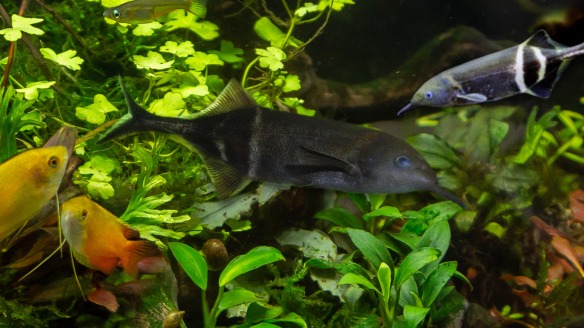
The elephantnose fish has electroreceptors used for finding food and navigation.
Waterfall Cross Section:
Peer into a cross section of a Central American waterfall, home to a diverse collection of cichlids. These brightly colored fish come in countless sizes and shapes and are known for their social structure and being very attentive parents.
Beneath the Falls:
Enter the first tunnel of the aquarium and experience what it’s like to be underwater beneath a Kentucky waterfall. See fish like bass, black crappie and perch as you’ve never seen them before amid the turbulent, bubbling waters.
Special Admission Offers:
Through February 24, 2019, all Annual Passes are on sale for just $34.99 when purchased online at NewportAquarium.com. That’s a savings of up to $16. The aquarium is also offering one free child admission with each full price adult through February 28, 2019.
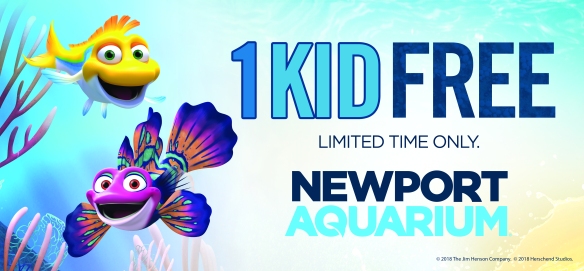
To learn more about Freshwater Falls, and to follow more announcements for Newport Aquarium’s 20th Anniversary, visit NewportAquarium.com.



